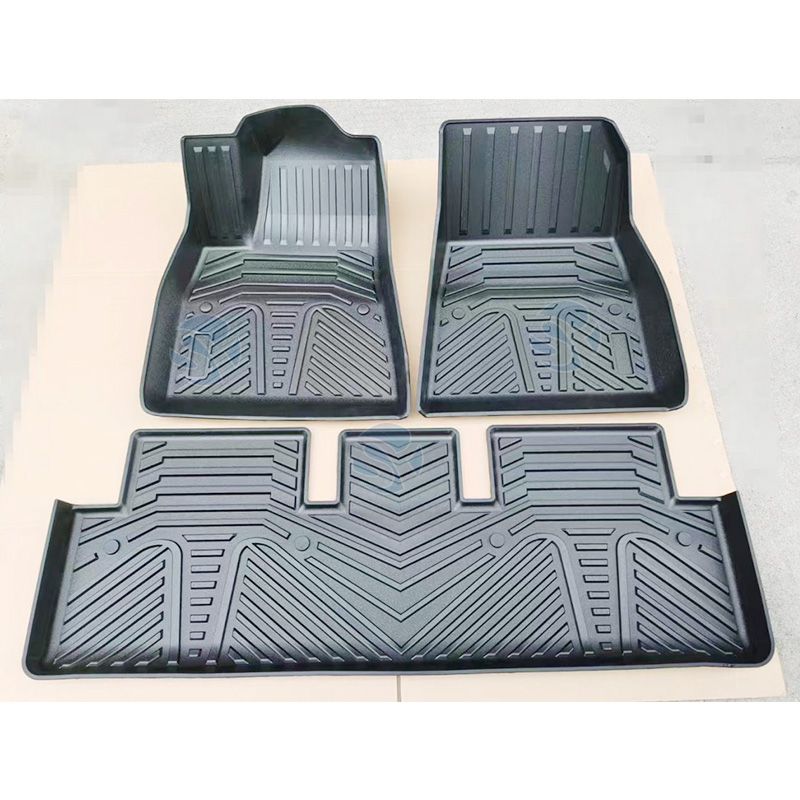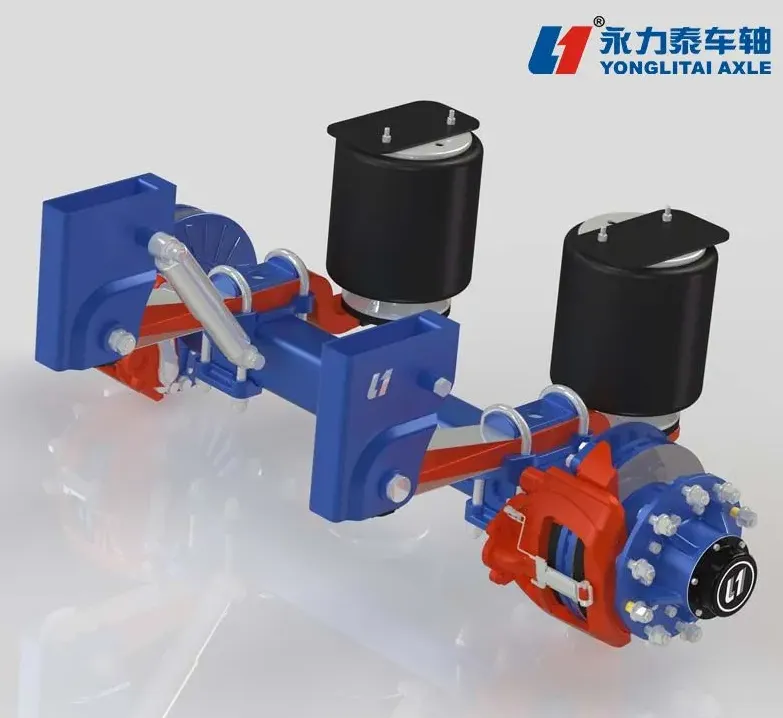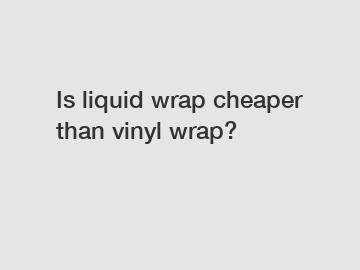How a Radiator Works in a Truck
A radiator is a crucial component of a truck's cooling system. Its primary function is to dissipate the heat generated by the engine during combustion and prevent the engine from overheating. The cooling system in a truck plays a vital role in maintaining the engine's operating temperature within the optimal range for efficient performance. Here's how a radiator works in a truck:
1. Heat Transfer: When the truck's engine runs, it generates a significant amount of heat due to the combustion process. This heat must be efficiently removed to prevent engine damage. Coolant, a mixture of water and antifreeze, is circulated through the engine to absorb this heat.
2. Coolant Circulation: The coolant is pumped by the water pump through channels in the engine called water jackets. As it flows through the engine, it absorbs heat from the hot engine components, such as the cylinder walls and cylinder head.
3. Transfer to Radiator: Once the coolant absorbs heat from the engine, it carries this heat to the radiator located at the front of the truck. The radiator is usually positioned behind the grille to receive a constant flow of cool air as the truck moves.

4. Cooling Fins and Tubes: The Heavy Duty Truck Radiator is designed with a series of thin, flat metal fins and tubes. As the hot coolant enters the radiator, it is dispersed through these tubes, which are in direct contact with the cooling fins. The cooling fins increase the surface area, allowing the heat to transfer more efficiently to the surrounding air.
5. Airflow and Heat Exchange: As the truck moves, air is forced through the radiator by the vehicle's forward motion or aided by an electric or mechanical fan. The incoming cooler air absorbs the heat from the cooling fins and tubes, causing the hot coolant to lose its excess heat to the atmosphere.
See also:How to Choose the Right Brake Pads for Commercial Vehicles?
Types and Models of Electric Trucks
Understanding Cylinder Head Damage: Causes and Consequences
Ceramic Brake Pads: Advantages, Performance, and Maintenance
Black to Green: How Tires are Going Eco-friendly
What are Electric Recreational Vehicles?
Brake pads vs. brake shoes
6. Coolant Re-circulation: The now cooled-down coolant leaves the radiator and is re-circulated back into the engine through the water pump to repeat the cooling process continuously.
7. Thermostat Regulation: A thermostat is used to regulate the flow of coolant between the engine and the radiator. It remains closed when the engine is cold, allowing it to warm up quickly. Once the engine reaches its operating temperature, the thermostat opens, allowing coolant to flow to the radiator for cooling.
8. Pressure Cap: The radiator is equipped with a pressure cap that maintains a certain level of pressure in the cooling system. This higher pressure raises the boiling point of the coolant, preventing it from boiling and ensuring efficient cooling even under high temperatures.
In summary, the radiator in a truck is a crucial component of the cooling system. It allows for the efficient transfer of heat from the engine to the surrounding air, preventing the engine from overheating and maintaining its optimal operating temperature. Proper functioning of the radiator is essential for the truck's overall performance and longevity of the engine.
How does an auto engine work?
What is a mechanics tool set?
What is the main function of cylinder head?
How many years do coil springs last?
What Are The Types Of Oil Filters?
How Long Should Shock Absorbers Last?
How Much Does it Cost to Replace a Radiator?









